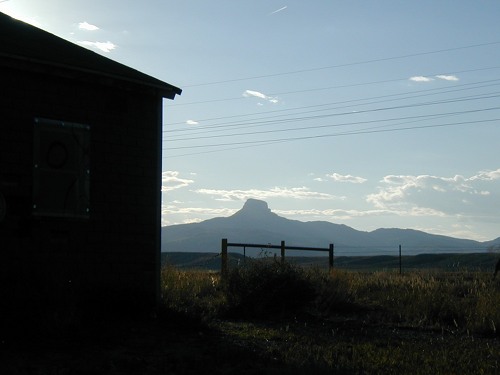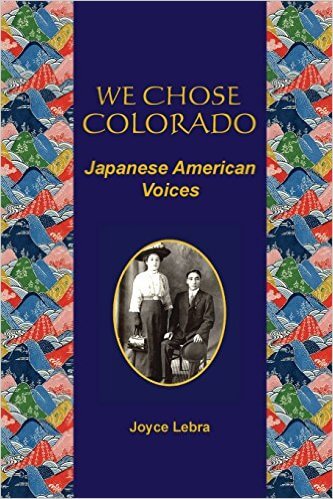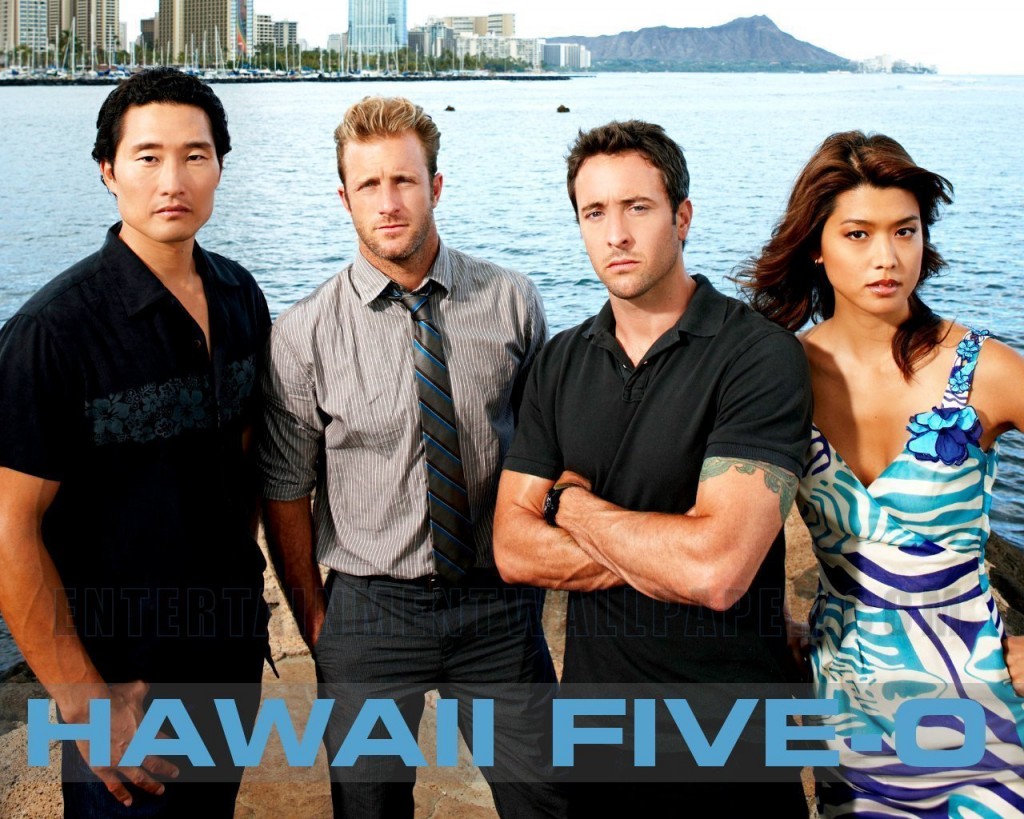
It’s a fact: The 10 concentration camps built during World War II to imprison 120,000 people of Japanese descent — more than half U.S.-born and therefore American citizens, and most of them mere children — were all thrown together in godforsaken corners of the country.
No offense to people who live near the sites of these former “relocation centers” (a silly government euphemism that was easier to swallow than the words “concentration camp” that President Roosevelt himself used), but Camp Amache in southeastern Colorado is a forlorn, dusty expanse of whole lot of nothing for miles and miles. It takes four hours of driving through mostly flat, dull prairie to get to the town of Granada from Denver.
It takes nine hours on on the road from Denver to get to Heart Mountain, although the drive is a little more scenic, to the base of a towering peak north of Cody, Wyoming in the northwest corner of Colorado’s neighbor to the north. For years, like at many of the concentration camps from the war years, there has been only a couple of memorials erected by former internees, and only a couple of buildings, including several of the dilapidated barracks buildings within view of the camp’s namesake mountain. Most of the buildings and equipment were sold off to ranchers after the war; like many of the camps, non-profit groups have been tracking down and reconstructing buildings if they’re available and still standing.
Heart Mountain is notable for a couple of reasons: It’s where Bill Hosokawa, the journalist from Seattle, was interned for 13 months before getting a job at a newsaper in Iowa during the war. After WWII, Hosokawa moved to Denver andsoent the rest of his life as a reporter, editor, diplomat and civil rights leader. And, Heart Mountain is the camp where a group of draft resisters became notorious and were eventually sentenced to Federal prison for simply refusing to accept being drafted out of camp when their families had lost everything and were unjustly imprisoned by the US government. This is one topic that still needs to be explained and taught about (I’ll be writing a review of “Conscience and the Constitution,” an excellent documentary about the draft resisters, soon.)
We’ve driven to Heart Mountain, and were chilled by the desolate majesty of the locale.
The mountain itself is a powerful image, one that adds an iconic feel to this camp that Amache in Colorado doesn’t have (it’s just flat and empty all around). We stopped at a florist and gift shop between Cody and Heart Mountain where a woman who was interned at the camp still worked, decades later. I wish I still had her name and number.
But over the years, the Heart Mountain Wyoming Foundation has been working diligently — and quietly — on building an 11,000 square feet facility at the former camp site that includes exhibition space and a theater. The Heart Mountain Interpretive Learning Center (ILC) opens this weekend with sold-out events that will be attended by some very high profile special guests.
Here’s a list of the speakers and invited VIPs for Friday’s All-Camp Get-Together and Pilgrimage Dinner at the Park County Fairgrounds, and saturday’s dedication ceremony at the ILC at the former camp grounds:
Continue reading →
 Most books about Japanese Americans focus on the West Coast because that’s where Japanese first arrived and settled on the US mainland.
Most books about Japanese Americans focus on the West Coast because that’s where Japanese first arrived and settled on the US mainland.













